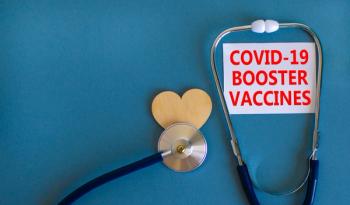
Vaccination Could Have Prevented Half of U.S. COVID-19 Deaths, Research Model Suggests
It is a statistical model not actual data. But calculations by Brown University School of Public Health and Microsoft researchers show that 318,000 of the 641,305 deaths from COVID-19 between Jan. 1, 2021, and April 30, 2022, might have been prevented if vaccination coverage among U.S. adults had reached 100%.
Researchers have constructed a “what if” model of vaccination rates to calculate how many deaths might have been prevented if COVID-19 vaccination rates were higher.
Findings from the model, which were
If the peak rate continued till 90% of the adult population was vaccinated, then 225,427 deaths would have been avoided, the model shows, and if the 85% had been vaccined, then 178,000 death would have been avoided.
Put another way, the model shows that if 100% vaccination had been reached after peak vaccine rates, 322,324 people in the U.S. would have died from COVID-19 between Jan. 1, 2021, and April 30, 2022, instead of 641,305.
Currently the
The researchers also modeled the number of deaths that would have been prevented if all states had reached Maine’s peak rate, the highest in the country, and continued to vaccinate till 100% of the adult population was vaccinated. Under that scenario, which tests an assumption that states would have responded to increased demand for vaccination, the number of vaccine-prevented deaths would have been 338,961.
The researchers noted that their model shows a great deal of state-to-state variability. West Virginia, Wyoming, Tennessee, and Kentucky ranked the lowest when measured by vaccine-preventable deaths per million population — that is, they had the highest number of vaccine preventable deaths on a per million population basis, which is indicative of lower vaccination rates. The model showed District of the Columbia, Massachusetts, Puerto Rico, Vermont and Hawaii had the lowest number of vaccine-preventable deaths on a per million basis.
The dashboard the researchers created allows for other kinds of comparisons. For example, it shows that 29,200 (56%) of Florida’s 52,059 COVID-19 deaths were vaccine preventable (using the 100% scenario compared with 34% (21,730 of 63,877) of California’s.
Newsletter
Get the latest industry news, event updates, and more from Managed healthcare Executive.




















































